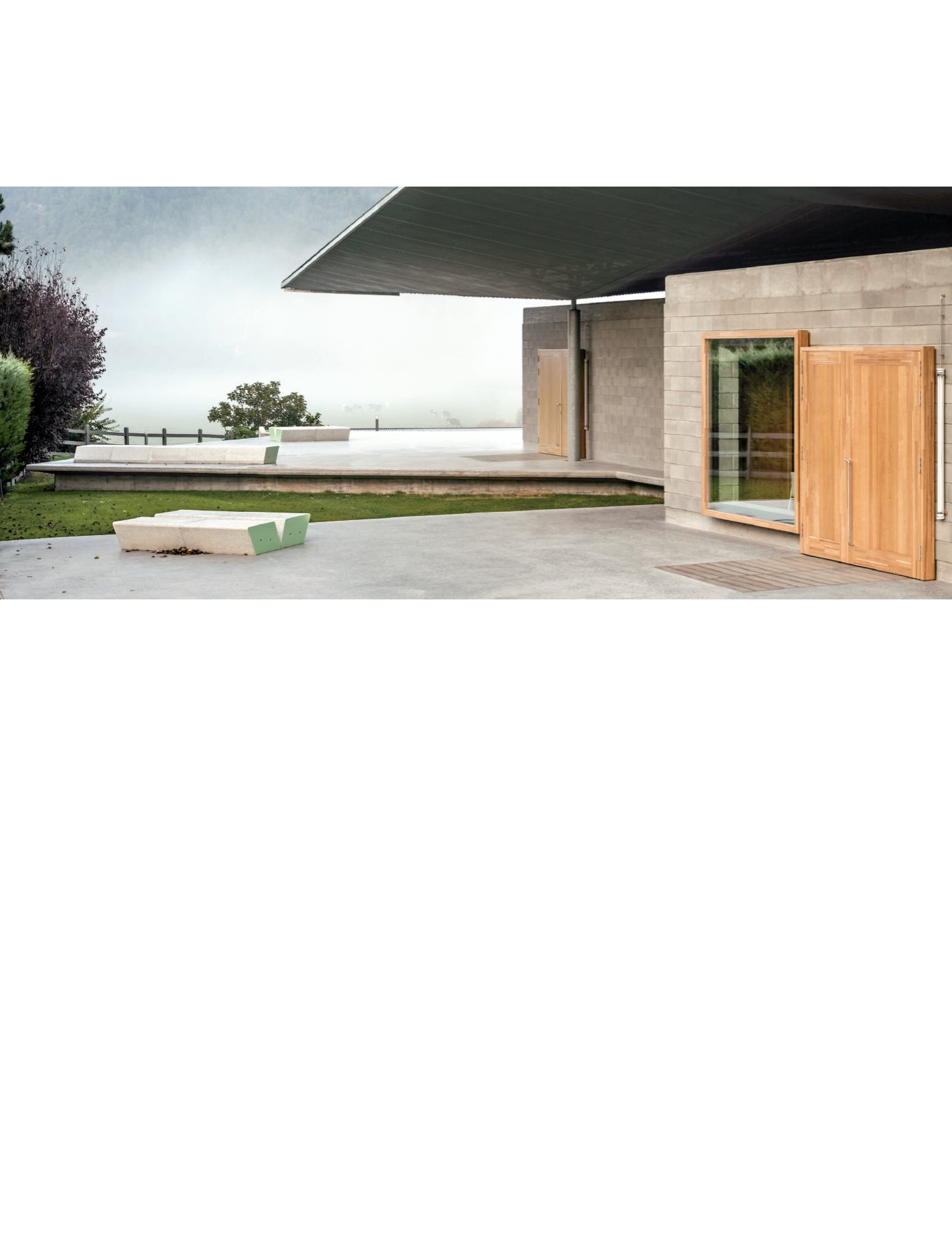

design
mag |
47
In 2014, the prize received 196 entries from 46
countries.Ahedo’s winning proposal was titled,
“Domesticated grounds: Design and
domesticity within animal farming systems”.
In its press release, the Wheelwright Prize said:
“Noting that livestock is a significant cause of
land degradation, greenhouse gas emissions,
social friction, and problematic development
worldwide,Ahedo proposes to research a
wide range of practices, from industrial
operations driven by ‘techno-capitalist policies’
to informal or vernacular farms that have
grown out of traditions.‘These two distinct
production modes coexist in both developed
and developing countries,’Ahedo writes in his
essay, observing that neither responds
adequately to the innumerable environmental
and social challenges related to animal
farming today.”
With this project,Ahedo has demonstrated the
potential for innovative and visually appealing
design in an area often left to anybody but
architects – at least nowadays.
Once upon a time, lots of architects, including
many famous ones, designed farm buildings.
The great Italian architect,Andrea Palladio
(1508–1580), for example, designed many
grand country villas for the Venetian
aristocracy, which were also fully functioning
farms.The impressive-looking wings on either
side of these strictly symmetrical villas were
often actually the farm’s humble outbuildings.
A little closer to home, the Canadian-
Australian architect, John Horbury Hunt
(1838–1904), who I have written about
elsewhere in this edition of designmag, was
widely admired for his rural homesteads and
farm buildings, including shearing sheds,
stables and smokehouses.
Over the next two years,Ahedo plans to use
his prize-money to travel to Taranaki, New
Zealand, the premier milk exporter in the
world; Ikhbulag and Orhkron Valleys, Mongolia,
where half the population depends on
livestock production; Schleswig-Holstein,
Germany, which has one of the longest
histories of animal farming and where
mid-sized family farms have prevailed; Hainan,
China, an island with hundreds of aquatic
farms (hatcheries); and various centres and
companies around the world producing
agricultural research.
“The Wheelwright Prize has been an
unexpected and huge opportunity to follow
the career path that I left as a teenager and
to investigate the opportunities of design and
its impact on the social formations around
animal farming systems,” concluded Ahedo.
Well, I say all power to him.
*Dr Derham Groves, BArch (Deakin), MArch (RMIT),
PhD (Minn) is a Melbourne-based architect, academic
and author with a special interest in popular culture
(derhamgroves.com).
Photography:
Adrià Goula Sardà















